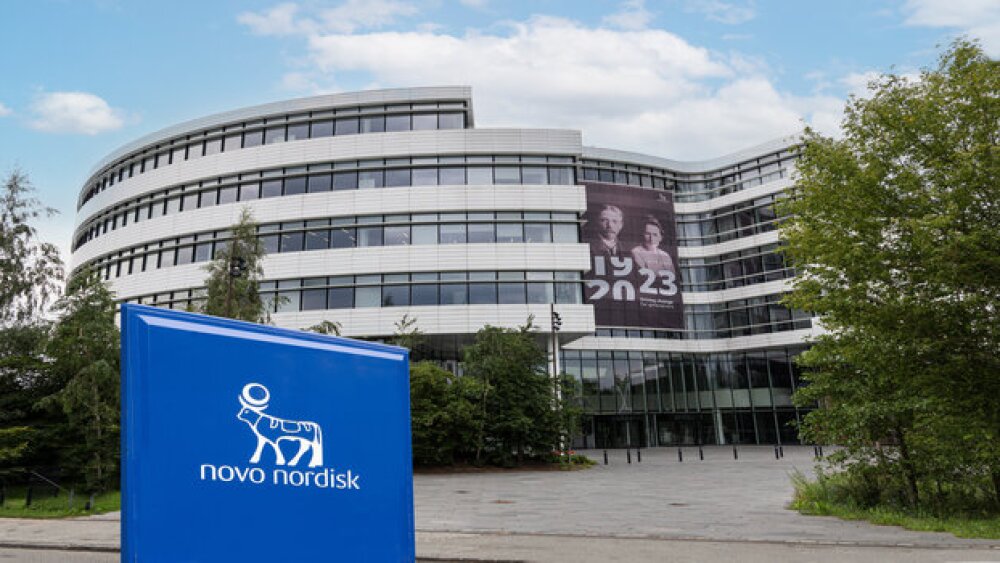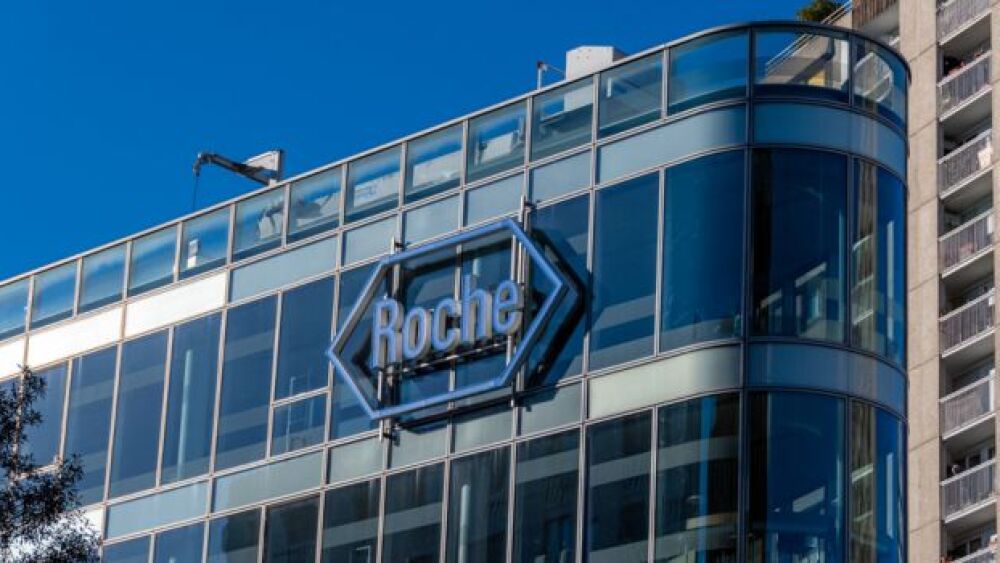Celsion Corporation (NASDAQ: CLSN), Celsion GmbH, a wholly owned subsidiary of Celsion Corporation, a clinical-stage biotechnology company, announces commencement of enrollment in Oxford University’s Phase I PanDox study with ThermoDox® in conjunction with Focused Ultrasound in patients with pancreatic cancer.
LAWRENCEVILLE, N.J., July 01, 2021 (GLOBE NEWSWIRE) -- Celsion Corporation (NASDAQ: CLSN), Celsion GmbH, a wholly owned subsidiary of Celsion Corporation, a clinical-stage biotechnology company, announces commencement of enrollment in Oxford University’s Phase I PanDox study with ThermoDox® in conjunction with Focused Ultrasound in patients with pancreatic cancer. ThermoDox® is Celsion’s proprietary heat-activated liposomal encapsulation of doxorubicin.
This investigator-led study sponsored by the University of Oxford and supported by the National Institute for Health Research (NIHR) Oxford Biomedical Research Centre has now received ethics, MHRA and institutional R&D approval to commence (ClinicalTrials.gov Identifier: NCT04852367). PanDox is being carried out as a multi-disciplinary collaboration between Celsion, the Oxford University Institute of Biomedical Engineering, the Oncology Clinical Trials Office (OCTO) and the Oxford University Hospitals NHS Foundation Trust. Prof. Mark Middleton, MD, Head of the Department of Oncology at the University of Oxford is the chief clinical investigator and Prof. Constantin Coussios, FREng, PhD, Director of the Institute of Biomedical Engineering, is the lead scientific investigator.
The primary endpoint of the two-arm 18-subject PanDox study is enhanced uptake of doxorubicin in pancreatic tumors using ThermoDox® and Focused Ultrasound (FUS), compared to systemic delivery of free doxorubicin. ThermoDox®, a heat activated liposomal doxorubicin, will be administered intravenously in 12 patients with non-resectable pancreatic ductal adenocarcinoma (PDAC) and locally activated by focused ultrasound-mediated hyperthermia. This will be compared to conventional systemic delivery of doxorubicin without FUS in 6 patients.
Secondary endpoints include:
- Comparing radiologically assessed tumor activity and response with ThermoDox® and FUS to free drug alone.
- Examining the impact on patient symptoms of ThermoDox® plus FUS.
- Assessing the safety profile of both FUS and ThermoDox®.
The PanDox study is expected to be completed by December 2022 and is similar in design to Oxford’s 10-patient TARDOX study, which demonstrated that ThermoDox® plus focused ultrasound increased doxorubicin tumor concentrations by up to 10-fold and enhanced nuclear drug uptake in patients with liver tumors. The findings of the TARDOX study are published in Lancet Oncology (Lyon et al., 2018) and Radiology (Gray et al., 2019).
Preclinical studies conducted at the University of Washington and published in the International Journal of Hyperthermia describe similarly compelling results from experiments performed in a murine model of pancreatic cancer. Those studies demonstrated that ThermoDox® plus focused ultrasound increased localized concentration and nuclear uptake of doxorubicin 23-fold compared with a 2-fold increase for hyperthermia and free doxorubicin.
Commenting on the PanDox clinical study, Dr. Laura Spiers, lead oncology clinical research fellow on the PanDox study, said, “Pancreatic cancer has a low five-year survival rate of approximately 10% and drug-based treatments remain less effective than in other cancers, in part due to the unique challenges presented by the stroma surrounding pancreatic tumors. Therefore, finding innovative and effective means of delivering high concentrations of anti-cancer agents such as doxorubicin may lead to a breakthrough for this difficult-to-treat cancer.”
Dr. Michael Gray, lead biomedical engineering research fellow, added, “Based on the patient-specific treatment planning approaches developed and validated during the TARDOX trial, PanDox will deliver focused ultrasound mild hyperthermia without either MR-based or invasive thermometry. The ultimate goal is to develop a cost-effective and scalable approach that can be rapidly deployed for the benefit of pancreatic cancer patients”.
“This Phase 1 study at Oxford University is the first new trial to be performed under the auspices of Celsion’s wholly owned subsidiary Celsion GmbH, which was recently established to manage all current and future investigator-sponsored trials with ThermoDox®,” said Andreas Voss, M.D., managing director of Celsion GmbH. “We look forward to providing ThermoDox® and other support to Professor Coussios as he and his colleagues strive to provide options to pancreatic cancer patients, as well as to other investigators pursuing compelling possibilities with ThermoDox®.”
About Celsion GmbH
Celsion GmbH is a wholly owned subsidiary of Celsion Corporation based in Switzerland, whose immediate objectives are to manage all current and future investigator-sponsored development of ThermoDox®, the Company’s proprietary heat-activated liposomal encapsulation of doxorubicin; and to seek partners to develop its commercial potential. Andreas Voss, M.D., a leading oncology researcher, has been named Managing Director of Celsion GmbH.
About Celsion Corporation
Celsion is a clinical stage biotechnology company focused on advancing a portfolio of innovative cancer treatments, including immunotherapies and DNA-based therapies; and a platform for the development of nucleic acid vaccines currently focused on SARS-CoV2. The company’s product pipeline includes GEN-1, a DNA-based immunotherapy for the localized treatment of ovarian cancer. Celsion also has two platform technologies for the development of novel nucleic acid-based immunotherapies and other anti-cancer DNA or RNA therapies. Both are novel synthetic, non-viral vectors with demonstrated capability in nucleic acid cellular transfection. For more information on Celsion, visit www.celsion.com.
About the NIHR Oxford Biomedical Research Centre
The National Institute for Health Research (NIHR) Oxford Biomedical Research Centre (BRC) is based at the Oxford University Hospitals NHS Foundation Trust and run-in partnership with the University of Oxford.
The mission of the NIHR is to improve the health and wealth of the nation through research. We do this by:
- Funding high quality, timely research that benefits the NHS, public health and social care.
- Investing in world-class expertise, facilities and a skilled delivery workforce to translate discoveries into improved treatments and services.
- Partnering with patients, service users, careers and communities, improving the relevance, quality and impact of our research.
- Attracting, training and supporting the best researchers to tackle complex health and social care challenges.
- Collaborating with other public funders, charities and industry to help shape a cohesive and globally competitive research system.
- Funding applied global health research and training to meet the needs of the poorest people in low- and middle-income countries.
- NIHR is funded by the Department of Health and Social Care. Its work in low- and middle-income countries is principally funded through UK Aid from the UK government.
Forward-Looking Statements
Forward-looking statements in this news release are made pursuant to the “safe harbor” provisions of the Private Securities Litigation Reform Act of 1995. Readers are cautioned that such forward-looking statements involve risks and uncertainties including, without limitation, statements relating to the offering and the use of proceeds therefrom, unforeseen changes in the course of research and development activities and in clinical trials; the uncertainties of and difficulties in analyzing interim clinical data, particularly in small subgroups that are not statistically significant; FDA and regulatory uncertainties and risks; the significant expense, time and risk of failure of conducting clinical trials; the need for Celsion to evaluate its future development plans; possible acquisitions or licenses of other technologies, assets or businesses; possible actions by customers, suppliers, competitors or regulatory authorities; and other risks detailed from time to time in the Celsion’s periodic filings with the Securities and Exchange Commission. Celsion assumes no obligation to update or supplement forward-looking statements that become untrue because of subsequent events, new information or otherwise.
CONTACTS:
Celsion Corporation
Jeffrey W. Church
Executive Vice President and CFO
609-482-2455
jchurch@celsion.com
LHA Investor Relations
Kim Sutton Golodetz
212-838-3777
kgolodetz@lhai.com
University of Oxford
Mrs. Daphne Cunningham (PA to Professor Coussios)
+44-1865-617726
daphne.cunningham@eng.ox.ac.uk
# # #





